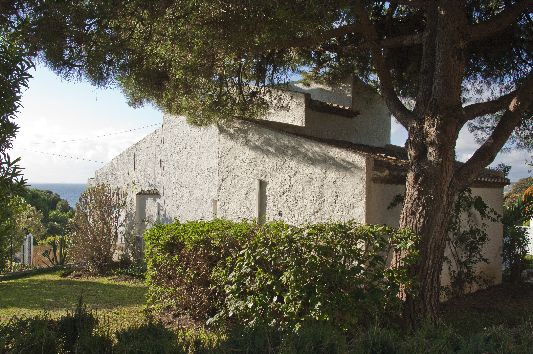| The Comments |
Hello,
I have recurring crack in the staiwell of my villa.
I requiere a structural survey done to determine the cause. I believe it is the roots of a big pine tree next to the house but I'm not sure.
Can anyone recommend a structural surveyor who can provide a report.
I'm near Estepona/ Marbella.
Many thanks
 0
Like
0
Like
|
Hello,
if you have determined the cause yourself, why the expense?
likely causes and definitive answers may well be the same and the cost of getting there is relatively high.
if you are making an insurance claim there is little choice and insurance companies have their procedures with loss adjusters and panel experts etc.
generally large trees and houses don't mix well, if the soil has any clay content you will get seasonal shrinkage causing subsidence
very close proximity can cause displacement of footings, drains etc. by root penetration and expansion.
perhaps the money would be better spent on tree removal?
Regards
Norman
_______________________
N. Sands
 0
Like
0
Like
|
Don't know him personally, but have only heard good things about him:
Campbell Ferguson at www.surveyspain.com
_______________________
www.mizzfixit.com
I organise, you relax
 0
Like
0
Like
|
Thanks for the responses. Much appreciated.
Yes there is a large pine tree about 2 feet from the guest bedroom wall. There are no cracks to the guest bedroom at all, only in the adjecent stairwell which is approx 4 metres from the trunk of the tree marked in the photo by the arrow.
I'm presuming the tree roots are under the villa but confused as to why the cracks are only localised in the stairwell which is a significant distance from the tree.
It really would be a shame to fell the tree and I've just spent plenty on having it pruned and shaped but the cracks in the stairwell are unsightly and should I come to sell the property in the future it wouldn't be good.
The insurance company should cover the expense (I think).


 0
Like
0
Like
|
Roots by their nature go down first to ensure depth and stability before they spread sideways so don't be confused.
why not root prune as a first step since insurance companies would almost certainly require tree removal.
but basically the tree is far too close to the building for such a large tree and the pruning you have carried out will invigorate it further.
for the root pruning to be effective it would need to be substantial which may effect the trees stability in wind so proceed with caution or accept that as shown by your photos, it really is too big, too close.
Regards
Norman
_______________________
N. Sands
 0
Like
0
Like
|
Thanks for your response Norman, I'll look into root pruning> it would be a shame to loose the tree
 0
Like
0
Like
|
Yes, I can imagine it is not easy to give up the shade benefits and though you did not photo the cracks they are not likely to cause collapse or even serious damage.
Good luck
Norman
_______________________
N. Sands
 0
Like
0
Like
|
These were the cracks. The painter dug them out and filled but they have come back to an extent.

.jpeg)
 0
Like
0
Like
|
It is very doubtful that your insurance company would accept any recommendation for heavy expenditure such as underpinning etc.
In the past before subsidence became an insured risk such cracks would just be repaired on decoration sometimes with wider cracks being filled with screwed up paper before finishing. Today expanding foam would be used to retain some flexibility which your decorator should also use here.
Cracks can sometimes be controlled by introducing structural joints with flexible filling.
The worry is that your cracks have returned indicating progressive movement and you have not suggested that it is seasonal (opening and closing according to season) so some action needs to be taken to prevent growing distortion.
Or of course you live with it and just decorate regularly, especially if you have no intention of selling up.
Your decision but beware policy excesses.
Regards
Norman
_______________________
N. Sands
 0
Like
0
Like
|
Very helpful reponse. Many thanks.
Maybe I'll look into strapping the crack with metal or I believe they sometimes use webbing and see how long it lasts.
 0
Like
0
Like
|
Glad to be of assistance
Norman
_______________________
N. Sands
 0
Like
0
Like
|
sorry an after thought,
when you attempt to strap or join the superstructure together whilst the sub-structure, foundation is still moving you, merely invite the crack to change its position, unless you make the superstucture so strong it can resist all ground movement by spanning over or tilting without visible damage.
Flexibility is best as in many old houses built with flexibility in every joint - lime mortar.
Regards
Norman
_______________________
N. Sands
 0
Like
0
Like
|